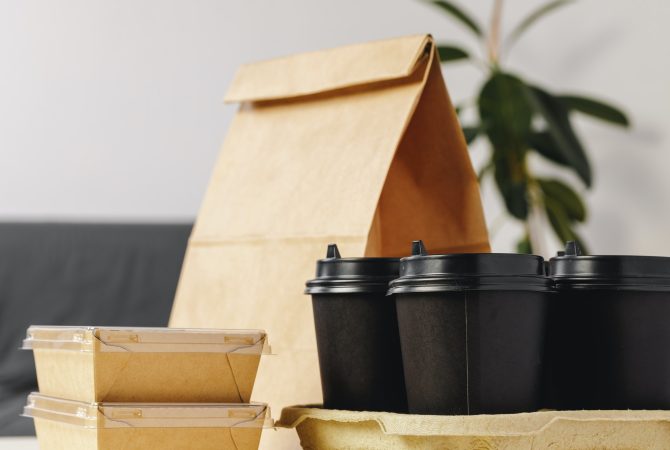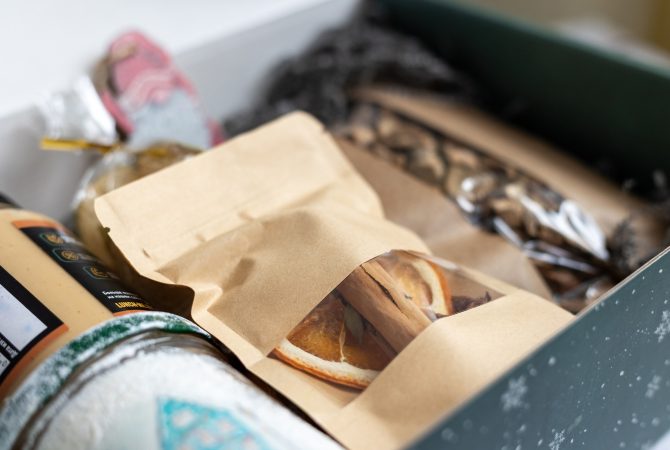Is your print job ever slightly off, even when everything should be perfect?
Heidelberg’s CMYK color management system delivers precise, real-time control using AI and spectral technology—ensuring color consistency from first sheet to final run.
click watch the Heidelberg Machine in Action on Facebook
In the world of commercial and packaging print, even a small color shift can ruin a brand’s image. Heidelberg understands that.
At Opack, we’ve seen print shops waste two weeks chasing “close enough” shades for luxury brands. Heidelberg turned that process into a science. Let’s break how its system works — and why no one else beats their CMYK control.
What makes Heidelberg’s color management system unique?
Tired of manually tweaking your press to match color targets?
Heidelberg’s system uses spectral measurement, AI, and real-time ink adjustments to maintain precise CMYK color across substrates and jobs, with minimal operator input.
Heidelberg didn’t stop at traditional color control. Their system goes further—way further. The Prinect Image Control 4, for example, scans not just control strips but the entire printed sheet. It reads solid areas, tints, and even mini spots. That means it doesn’t just guess where the color’s off—it knows. This makes a huge difference in packaging or labels, where color repeats have to match perfectly.
And it’s not just hardware. Their AI tool, Self-learning Color Assistant Pro, adapts settings for each substrate. Whether you’re running standard paper or transparent film, the system tunes itself. Combined with patented opaque white control for tricky materials, Heidelberg’s CMYK output is consistently sharper and more accurate than many of its peers.
Unique Heidelberg Features at a Glance
| Feature | What It Does | Why It Matters |
|---|---|---|
| Spectral Measurement | Full-sheet color scans | More accurate than strip-only checks |
| Opaque White Control | Reproduces CMYK on dark/clear media | Expands packaging capability |
| AI Optimization | Learns from print behavior | Less setup time, less waste |
| Real-Time Adjustments | Ink and register tweaks on-the-fly | Saves paper and boosts consistency |
| Central Color Database | Shares settings across presses | Uniform results across jobs |
| 24” Touchscreen Operation | Controls up to 4 presses | Simplifies complex workflows |
How do Heidelberg machines manage CMYK in real time?
Ever wish your press could fix color issues before you even noticed them?
Heidelberg’s offset machines use Prinect Inpress Control to scan each sheet and adjust ink and register automatically—mid-run, with no stopping.
Offset printing is already a precise method. But Heidelberg makes it even sharper by adding smart automation. As sheets pass through, the system checks color in real time. If ink density slips or alignment shifts, it reacts—on the fly. The result? Color stays locked in, even during long print runs.
The workflow is fully integrated. From prepress to postpress, Print software handles calibration, job setup, and quality control. Operators just tap the touchscreen, load the job, and let the machine take over. For shops running multiple presses, this means huge efficiency gains with fewer human errors.
Why do packaging printers trust Heidelberg for color?
Have you ever had a customer reject a job because the packaging color looked “off”?
Heidelberg’s spectral tools and AI ensure packaging prints match brand standards across different materials, even metallic or transparent ones.
Packaging is where color control gets really hard. The same CMYK values can look wildly different depending on substrate, lighting, and ink absorption. Heidelberg tackles this with two big features. First, opaque white control lets you print consistent CMYK on non-white materials. Second, AI optimization helps match results across stocks without needing manual recalibration every time.
Let’s say you’re printing shampoo labels on metallic film. Standard systems would struggle to match color from one run to the next. But with Heidelberg, the system reads the entire image, adjusts ink in real time, and learns how the substrate behaves. The result? Less waste, fewer reprints, and happier clients.
How does Heidelberg compare with other print systems?
Is there really a difference between Heidelberg and the competition?
Heidelberg leads in automation and precision, especially in color control. Its AI, spectral measurement, and touchscreen control outpace most competitors still relying on density checks or slower setups.
Competitors like Man Roland or KBA have strong machines, but Heidelberg’s edge lies in how tightly its software and hardware are integrated. Instead of density-based control strips, Heidelberg scans the whole sheet spectrally. This gives it an edge in real-time precision. AI tools like the Color Assistant Pro automatically learn and adapt, which saves setup time.
And let’s talk scale. Heidelberg lets operators control up to four presses from one station. That’s a game-changer in high-volume environments. Plus, its compatibility with standards like Fogra 51/52 and CxF data formats ensures global compliance, which is critical for packaging that crosses borders.
| Feature | Heidelberg | Typical Competitor |
|---|---|---|
| Spectral Full-Sheet Scanning | ✅ | ❌ (Control strip only) |
| AI Color Optimization | ✅ | ❌ |
| Central Touchscreen for 4 Presses | ✅ | ❌ |
| Opaque White CMYK Control | ✅ | ❌ |
| Waste Reduction Tools | Advanced | Basic |
What’s the real impact for print shops?
Does color management really save money—or just sound impressive?
Heidelberg’s system can save up to €80,000 a year on paper alone by reducing makeready waste. Add faster setups and fewer complaints, and the ROI becomes obvious.
Let’s break it down. A Speedmaster XL 106 equipped with Inpress Control and Prinect software can complete setup in just a few sheets. Less paper used during setup means more money saved over time. On top of that, real-time color corrections reduce reruns and complaints—especially in packaging, where brand color is everything.
The AI tools learn over time, improving accuracy with every job. And because color values are stored centrally, reprints six months later still match. For shops printing luxury cosmetics or high-end labels, that kind of consistency is gold.
Are there any downsides to using Heidelberg?
Is it all upside—or are there trade-offs with a system this advanced?
The main challenge is cost. Heidelberg’s upfront investment is higher, but long-term gains in consistency, efficiency, and quality often outweigh it.
There’s no sugarcoating it—Heidelberg isn’t cheap. The hardware, software, and training require real investment. But for many print shops, the payback is clear. Reduced paper waste, faster makeready, and fewer reprints save money fast. Plus, the included service packages help operators get up to speed quickly.
Proper calibration is key. This system relies on fine-tuned settings and trained staff to get the most out of it. That’s why Heidelberg includes on-site training, systematic analysis, and ongoing optimization through its Print Color Management services.
Conclusion
Heidelberg’s color management system uses AI, real-time spectral scanning, and automation to deliver unmatched CMYK precision. It’s a smart investment for print shops demanding consistent quality and higher efficiency.











